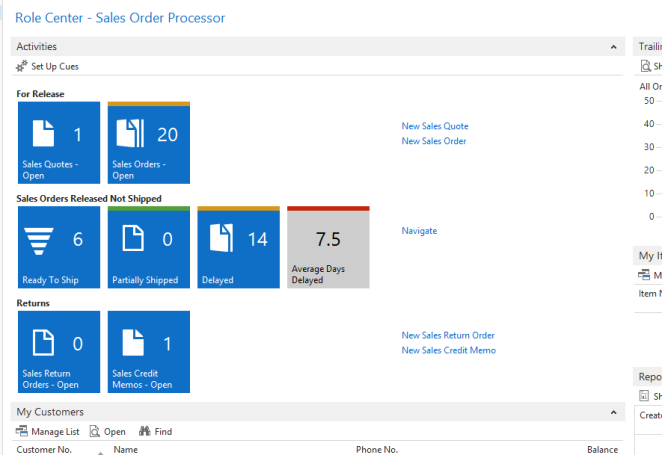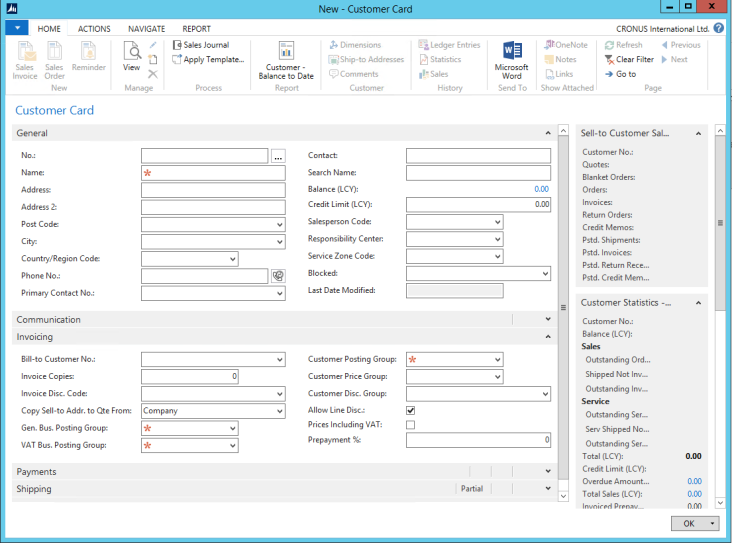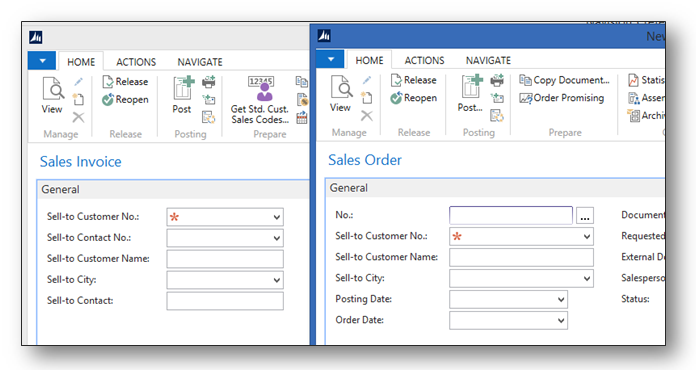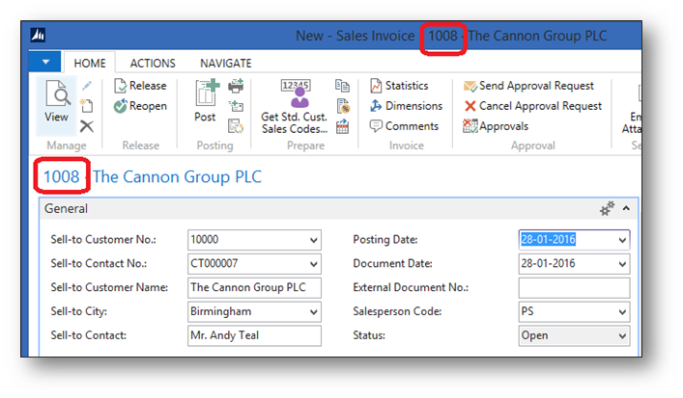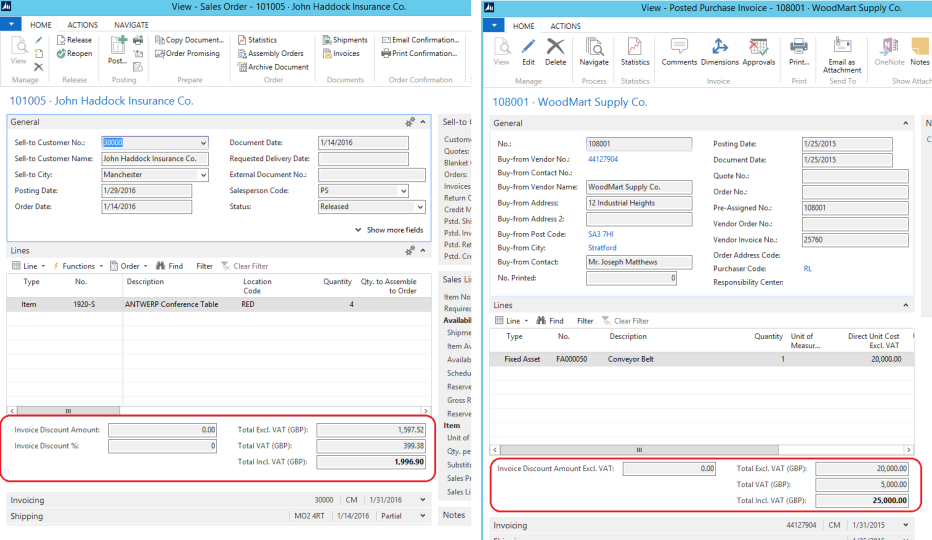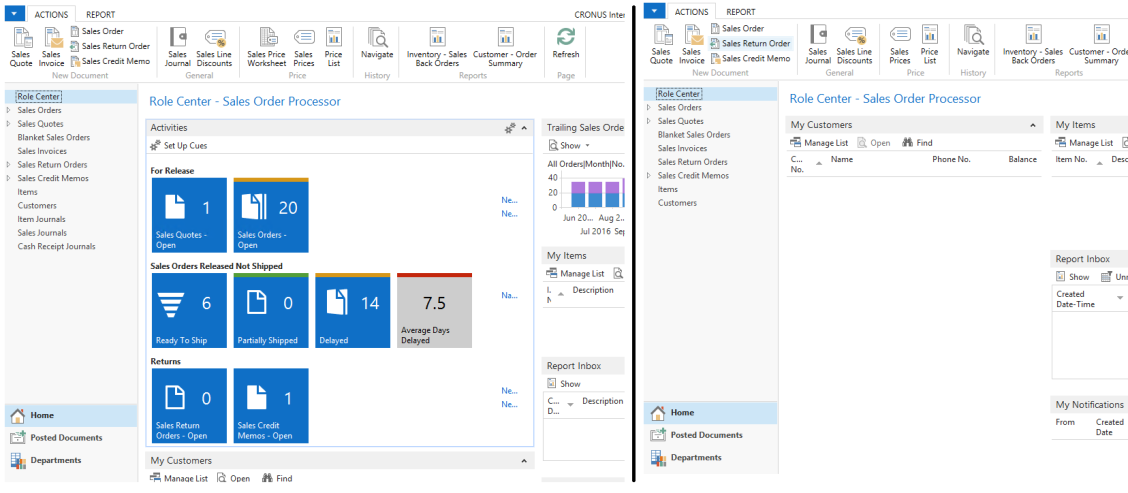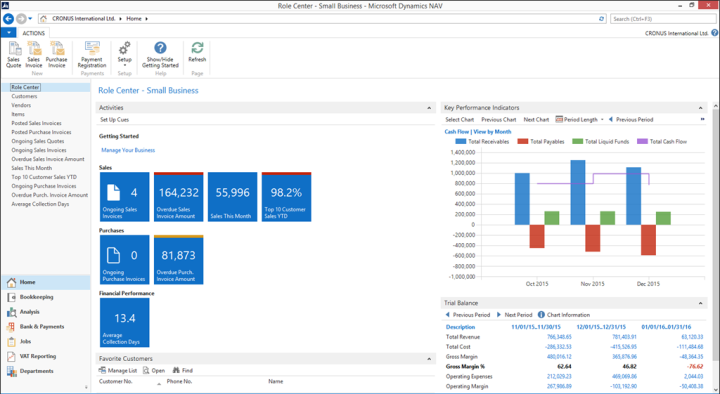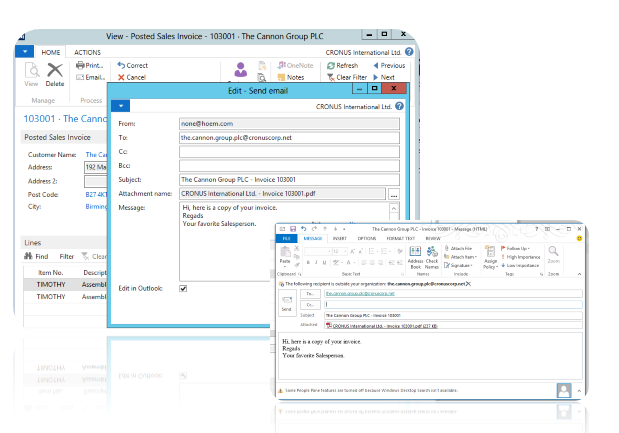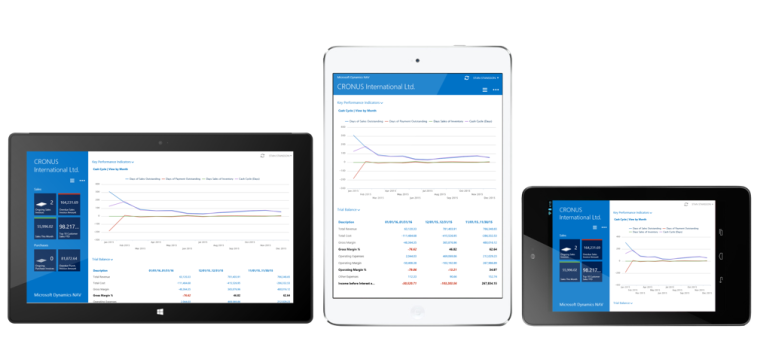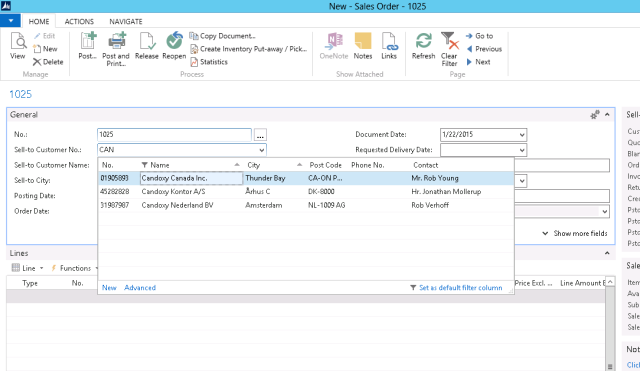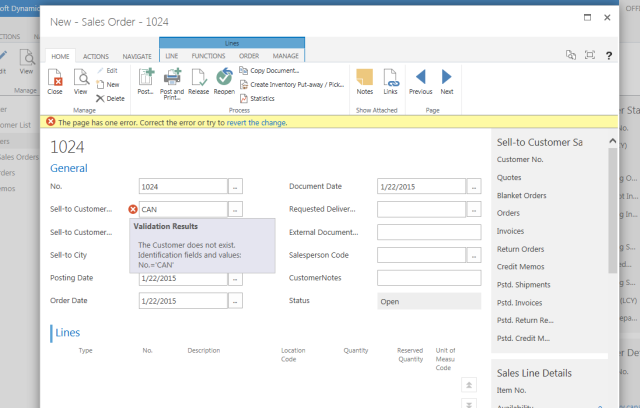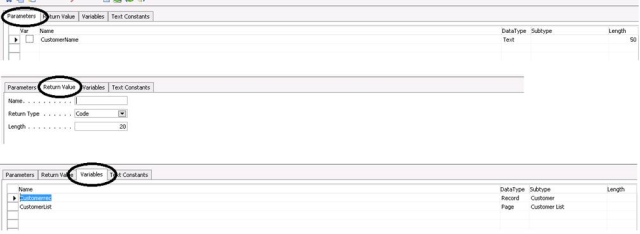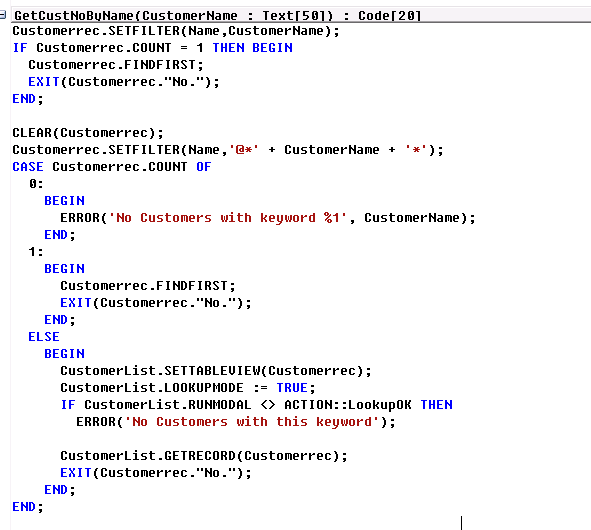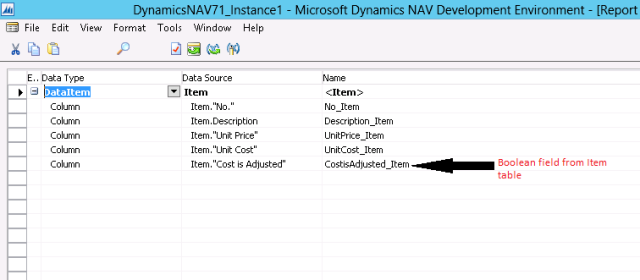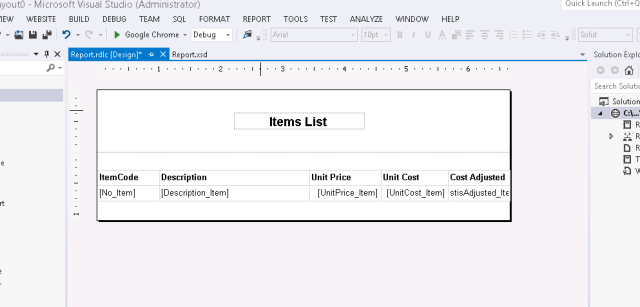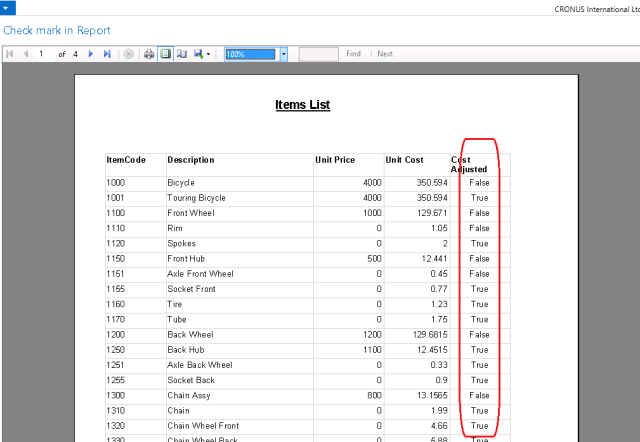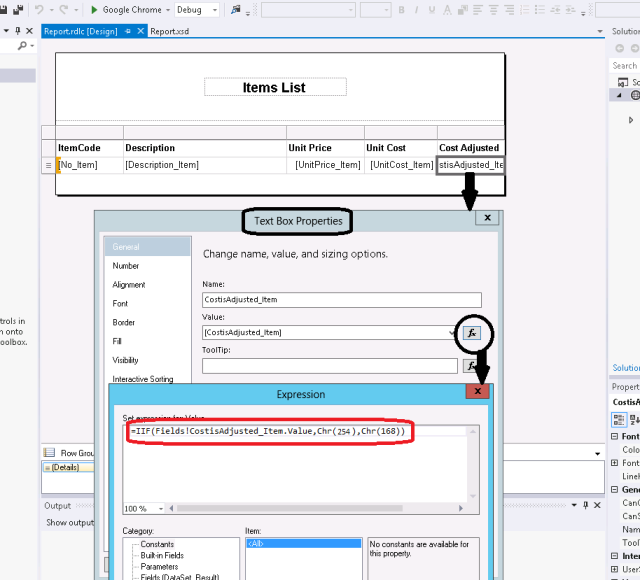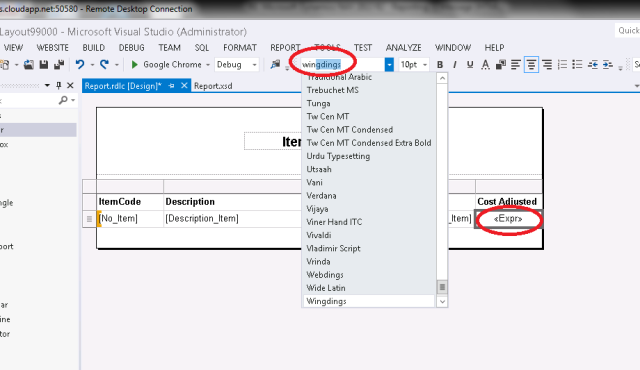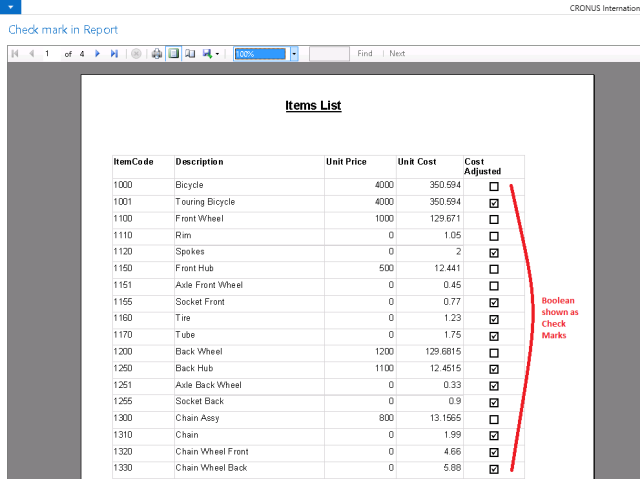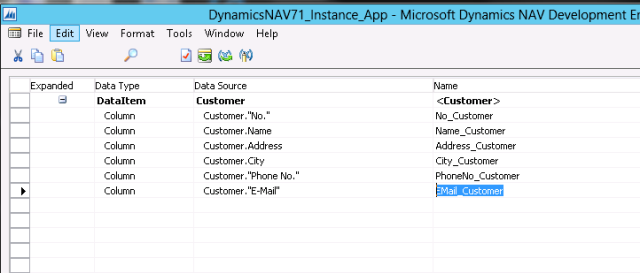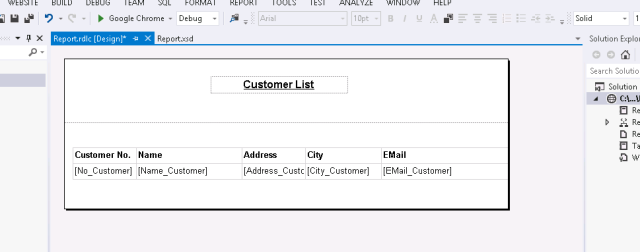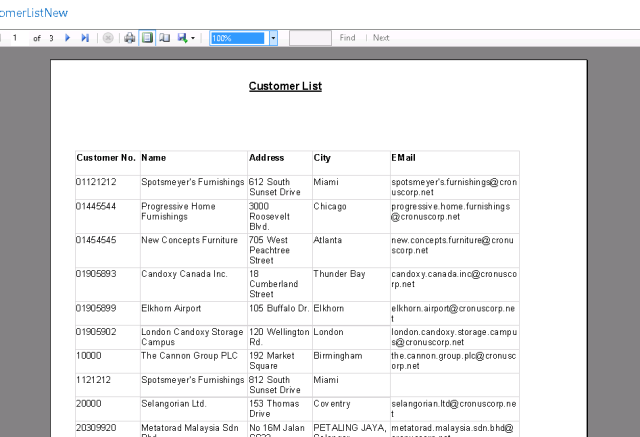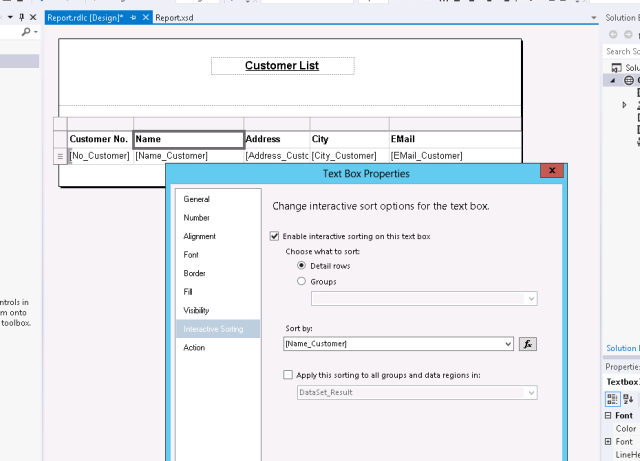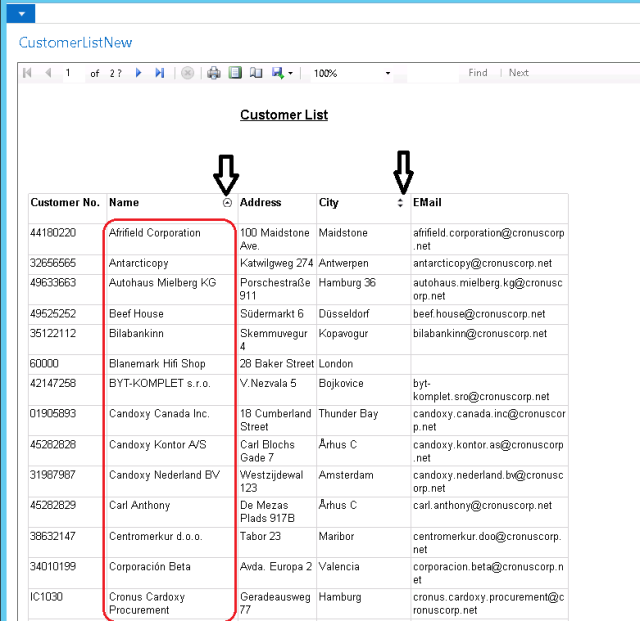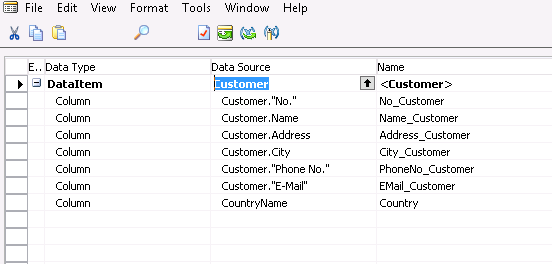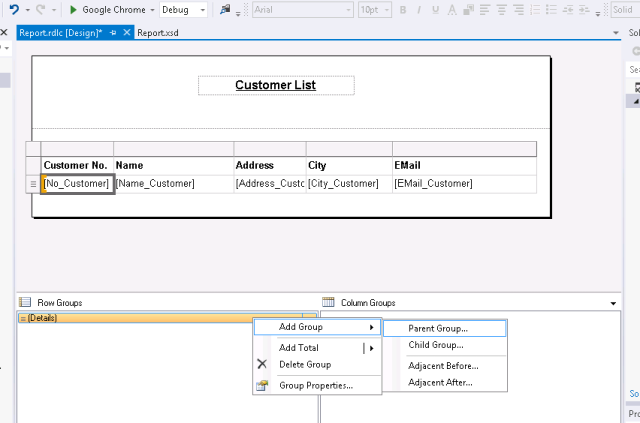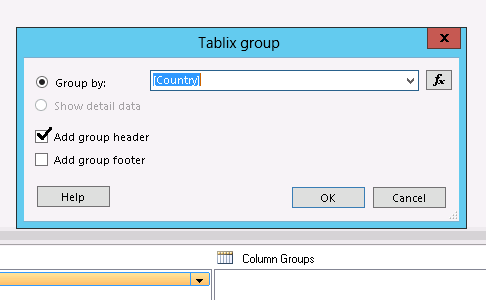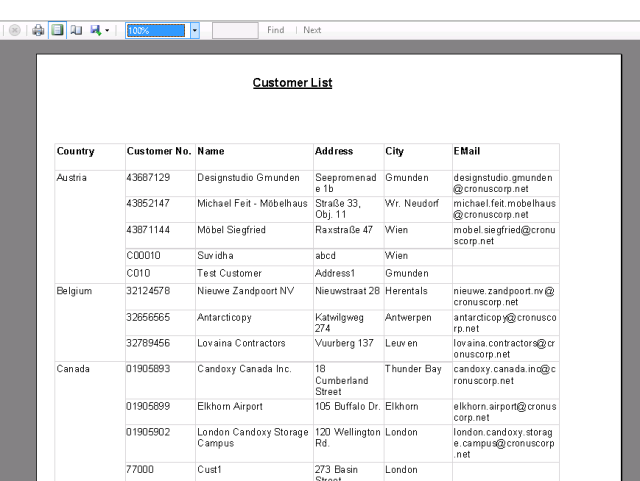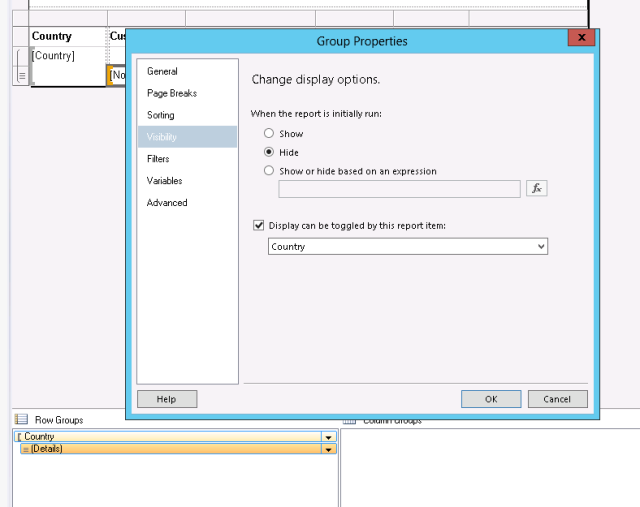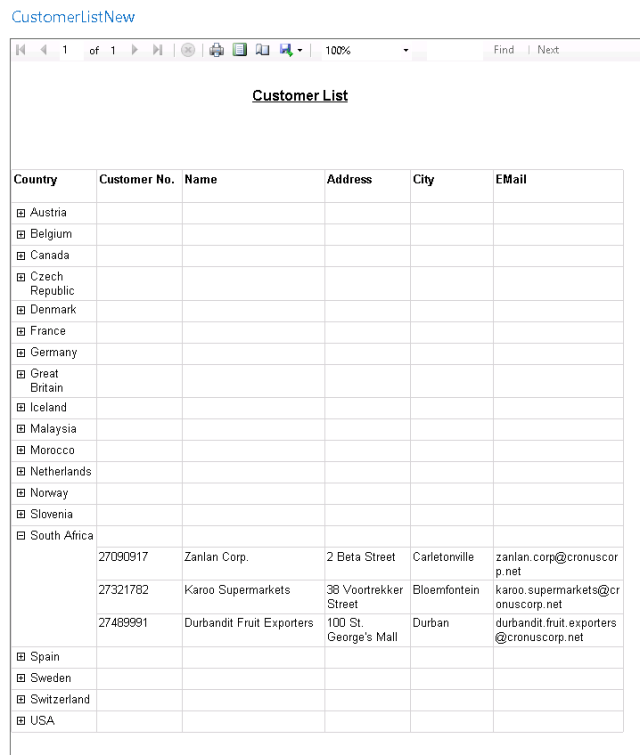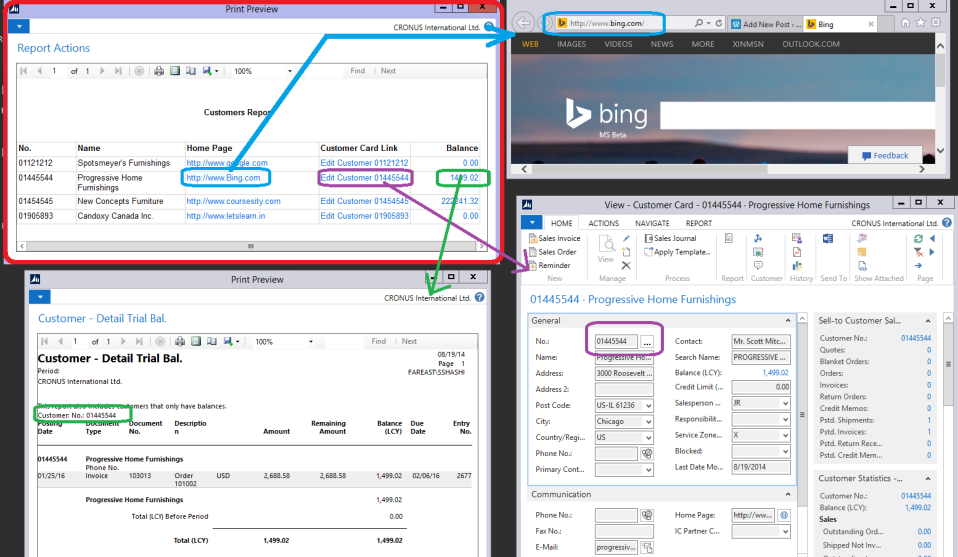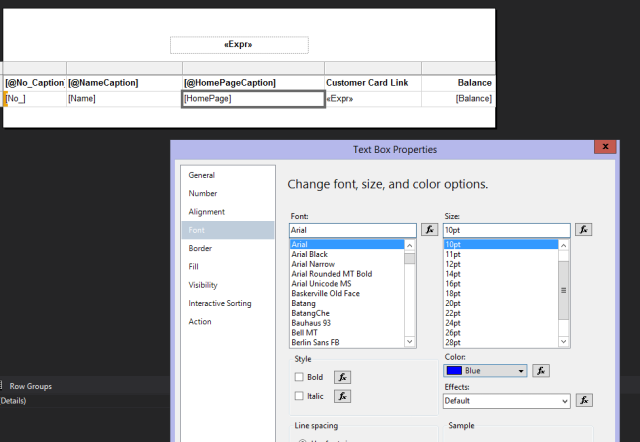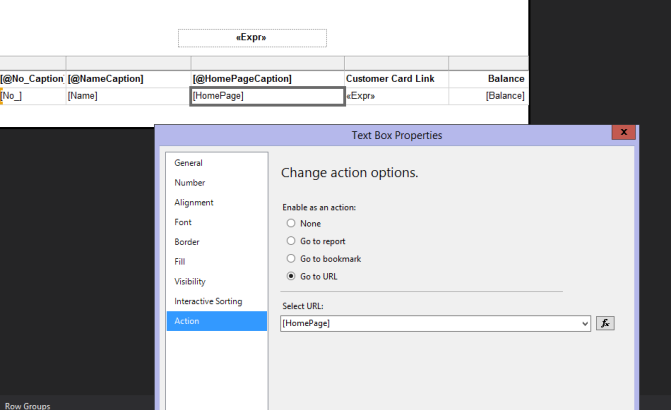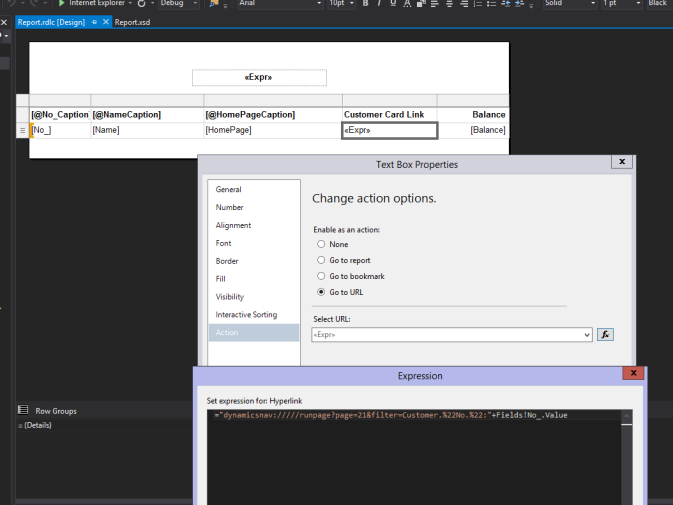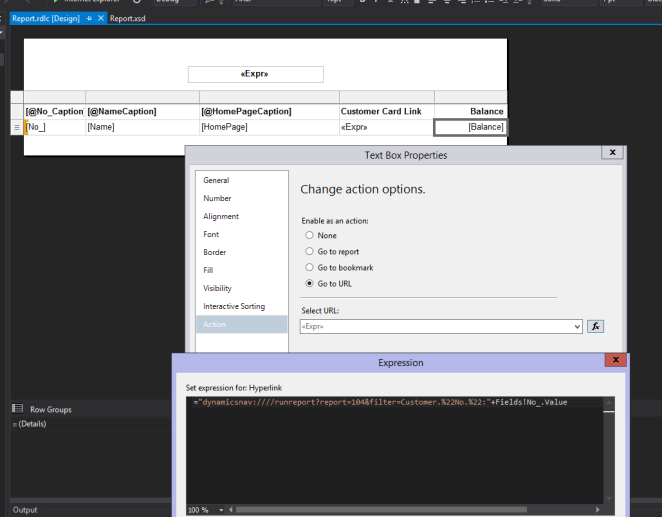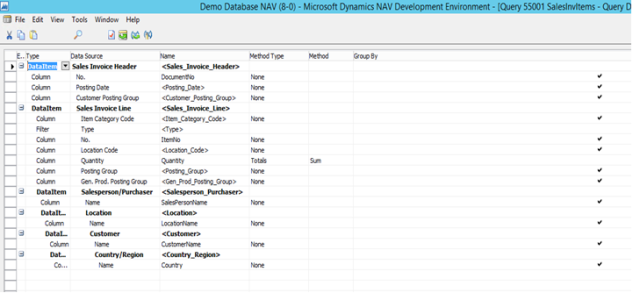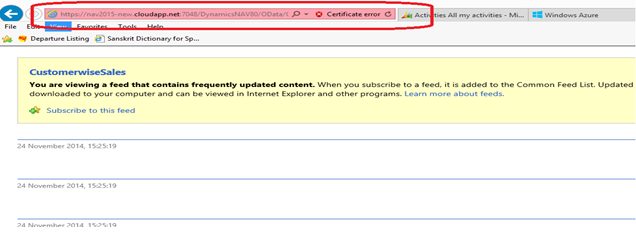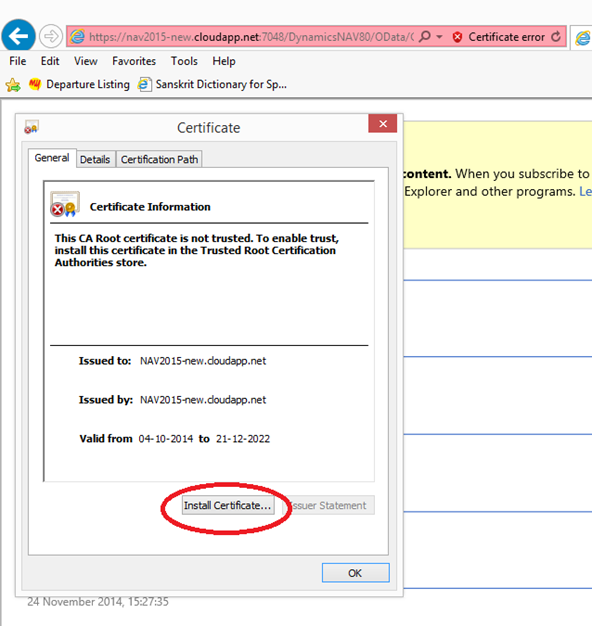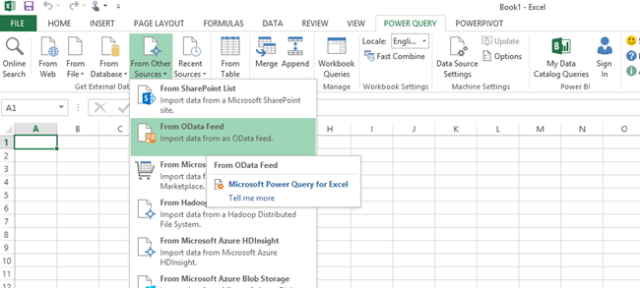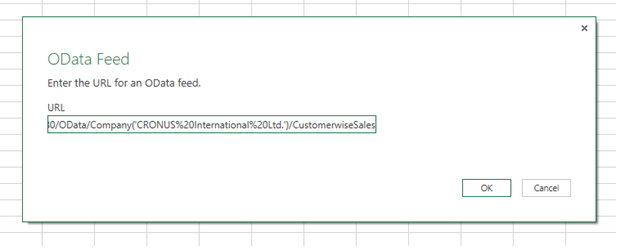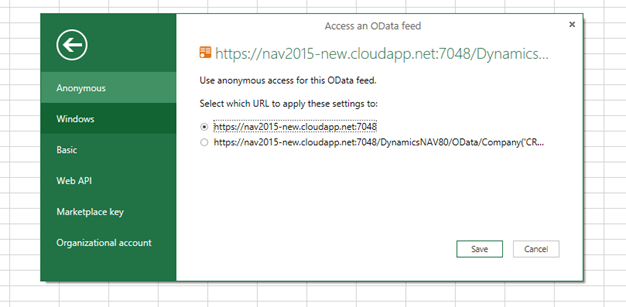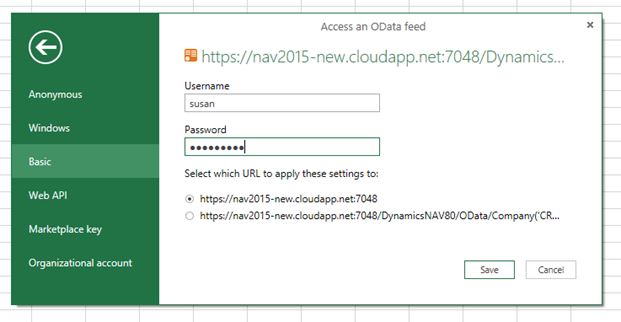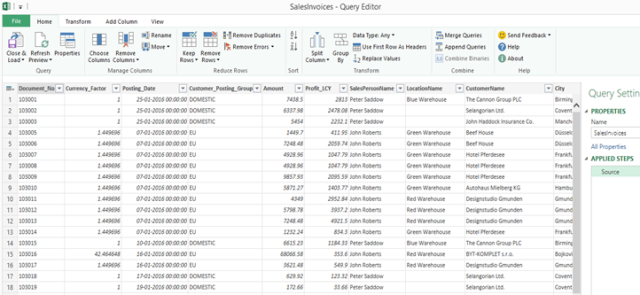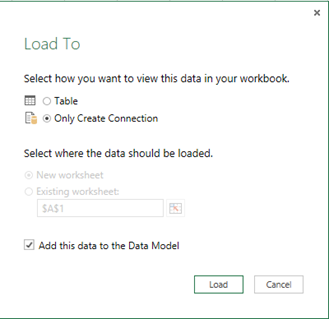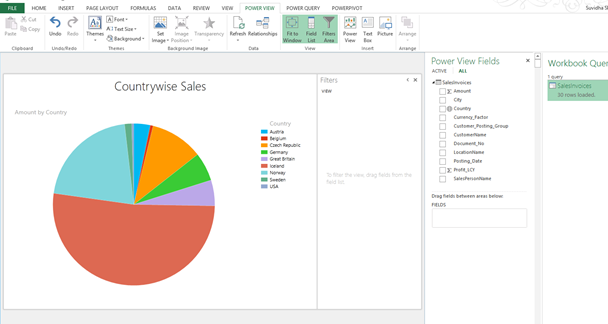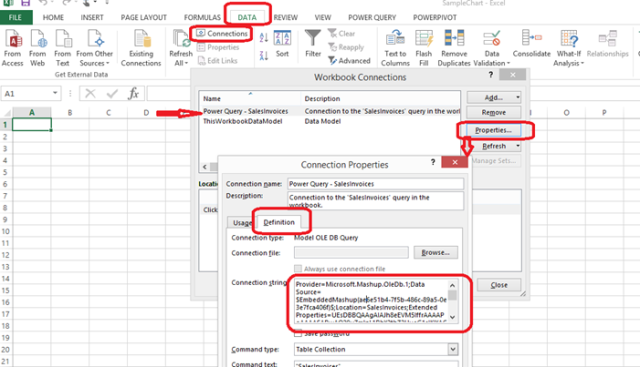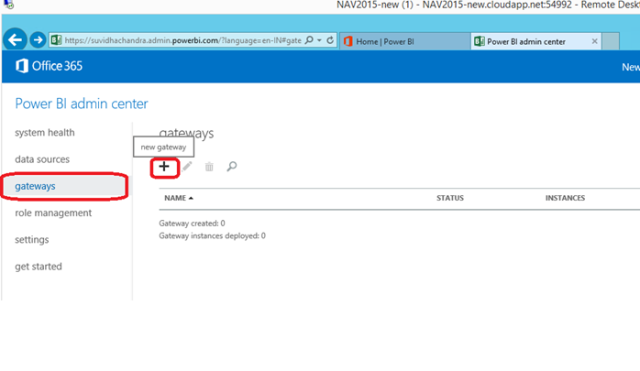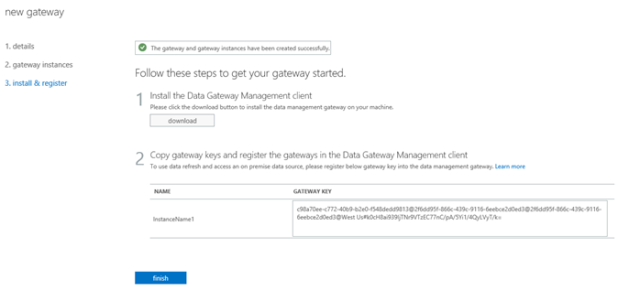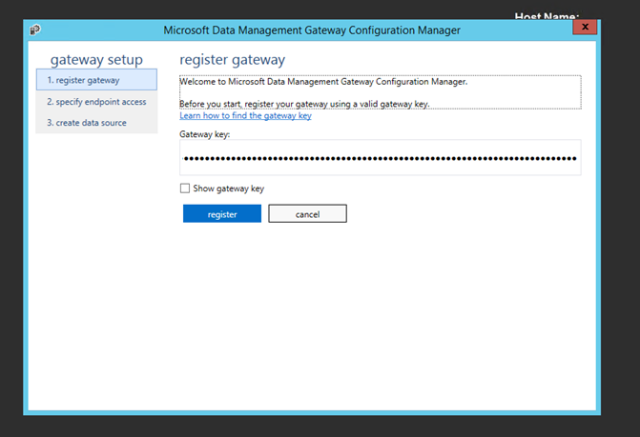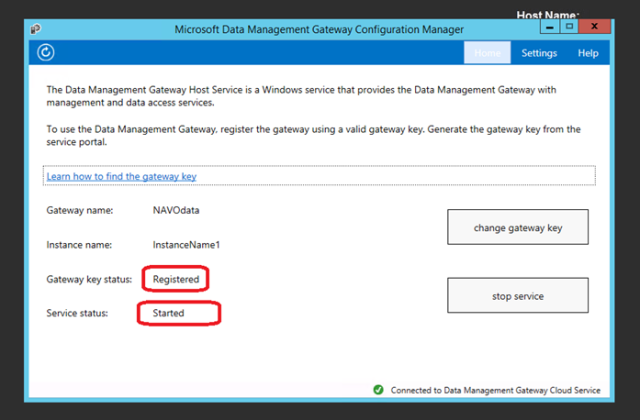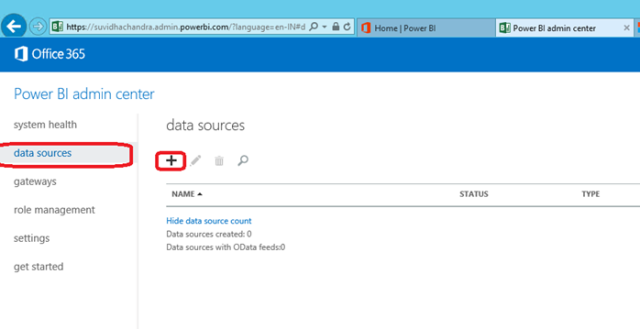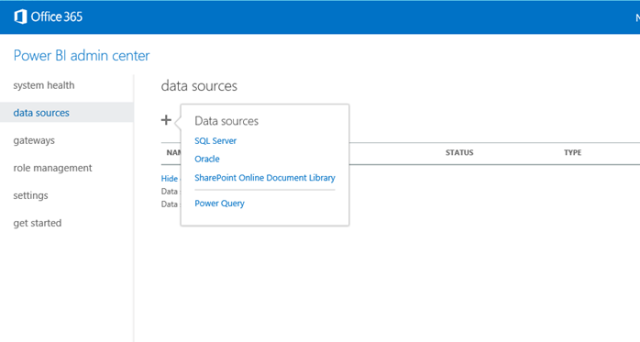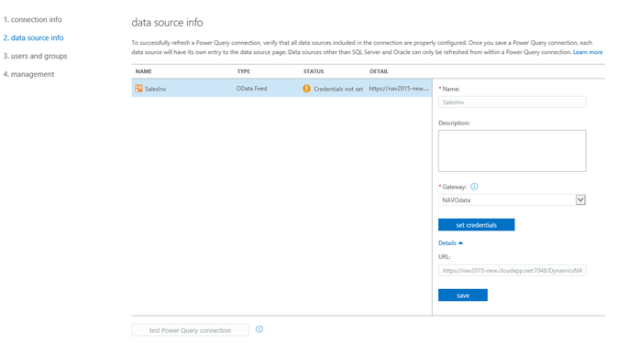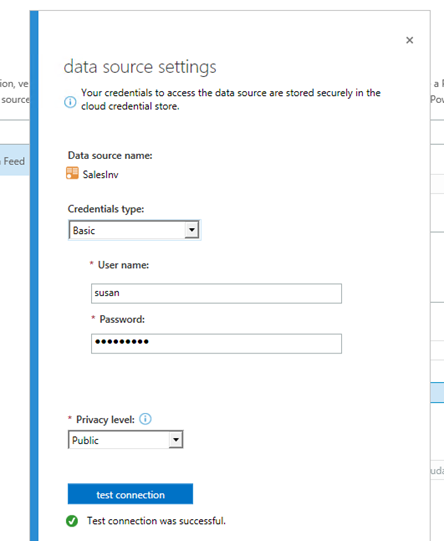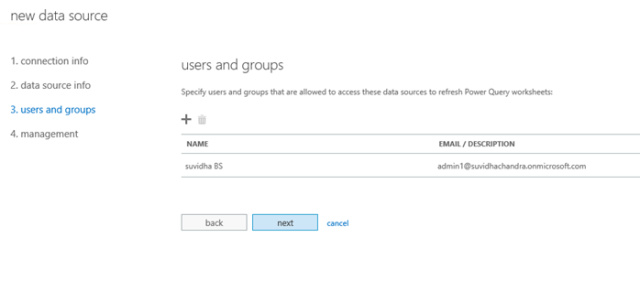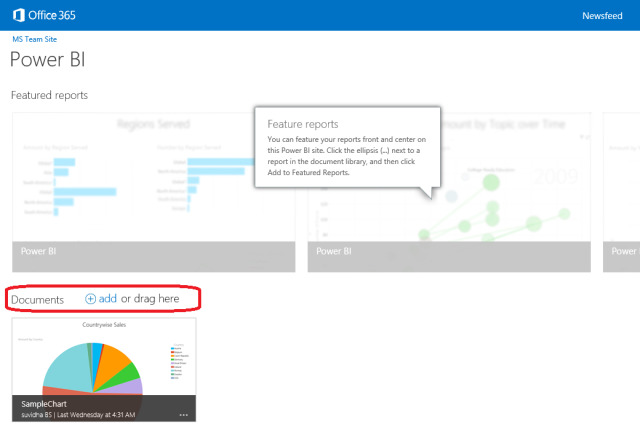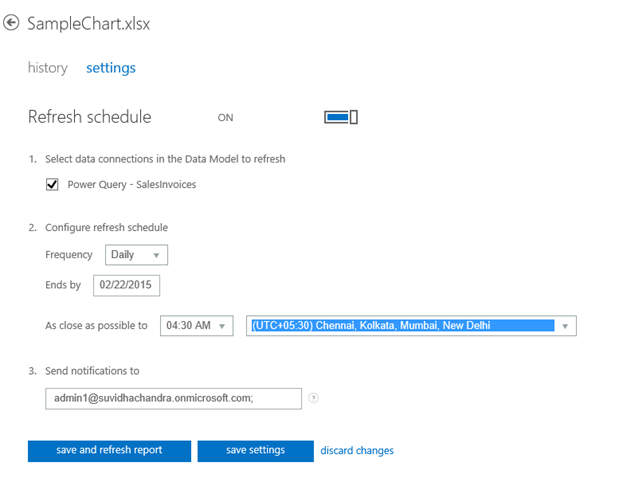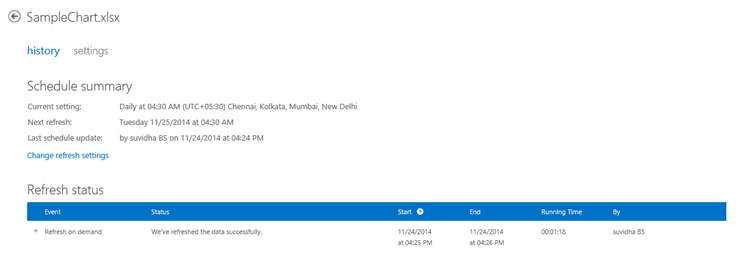Microsoft Dynamics NAV 2015 – Simplified
Enhanced Cues: The cues on the role center page can now have an indicator that changes color based on the data values that the tile reflects. This provides a visual signal of the status of the data based on conditions for favorable and unfavorable thresholds. The admin or the end user can setup these threshold values to show the tile indicator in red, green etc..
Mandatory Fields: In NAV 2015, data entry is much simpler as the mandatory fields will be indicated to the end users with a Red asterisk. For example, when a end user tries to create an new customer, all the mandatory fields will be indicated as shown below:
Auto-fill the No. Field: In NAV 2015, the No. field on pages like Customer card, Vendor card, Sales Order etc.. will be hidden or shown depending on certain conditions.
-The No. field is shown on all posted documents.
-When creating a document, the No. field is only hidden (Sales Invoice Picture on the left) if all the following are true:
- One number series is assigned.
- No related number series exists.
- The assigned number series is set as the default, and manual entry is disallowed.
- The next number in the series is available (it is not the last one).
In all other cases, the No. field is shown (Sales order Picture on the right).
-Users will still be able to see the document No. in 2 places:
Totals on Sales and Purchase Documents: An end user can now see all important information about a document directly on the document. The information will be updated when the user changes values on the document, such as quantities, prices, currencies, and discounts. The most important information that users need to see is totals and discount amounts. Therefore, all sales and purchase document pages are enhanced with information about totals, VAT, and discounts at the bottom of the page. These totals will be updated on the fly and presented to the user.
UI Elements Removal: In NAV 2015, The system removes UI elements that are not in the user’s license or permissions set automatically. The UI is automatically simplified by only showing elements that the user can access. For example, below picture shows a sales order processor role center with all permission (Left hand side) and with very restricted permission (Right hand side).
Simplified UX: Microsoft Dynamics NAV 2015 ships a set of simplified pages and related objects under the name of Simplified UX. Simplified UX contains simplifications with focus on basic sales and purchase scenarios for smaller businesses. Simplified UX comprises of over 100 new objects of which 63 are pages. The Simplified UX objects are part of the Starter Pack license for Microsoft Dynamics NAV 2015. Enable Small Business Role center to view all the features.
Example of Small Business Role Center is shown below:
Simplified email with a Report Attachment: Microsoft Dynamics NAV 2015 now allows customers to quickly send sales-related files via email directly from the currently active context, both from the Microsoft Dynamics NAV Web client and the Microsoft Dynamics NAV Windows client. Sending sales documents or reports to stakeholders has never been easier, quicker, and more straightforward.
Microsoft Dynamics NAV for Tablets: With Microsoft Dynamics NAV 2015, Microsoft Dynamics NAV app for iPad, Android and modern Windows are available. The app allows users to get access to the data they need from the device they prefer, using a modern, fast and fluid interface designed exclusively for touch.
There is much more to discover in Microsoft Dynamics NAV 2015!
